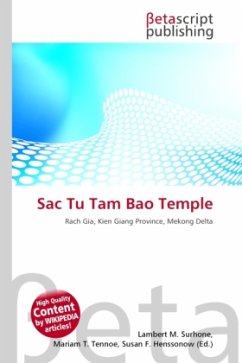High Quality Content by WIKIPEDIA articles! Tu Bishvat (Hebrew: ??? ?????) is a minor Jewish holiday in the Hebrew month of Shevat, usually sometime in late January or early February, that marks the "New Year of the Trees" (Hebrew: ??? ???? ???????, Rosh HaShanah La'Ilanot?). Tu Bishvat is one of four "New Years" mentioned in the Mishnah. Customs include planting trees and eating dried fruits and nuts, especially figs, dates, raisins, carob, and almonds. In Israel, the flowering of the almond tree, which grows wild around the country, coincides with Tu Bishvat. The name Tu Bishvat is derived from the Hebrew date of the holiday, which occurs on the 15th day of Shvat (???). "Tu" stands for the Hebrew numerals "tet vav" which is 15. Until recent decades, it was most often called ?amisha Asar BiShvat (????-??? ????), the fifteenth, of Shvat. When representing the number using letters, rabbinic rules forbid using the letter-numerals that represent 10 (? yud, y) and 5 (? hey, h) together because they form the abbreviation of the "ineffable name of god," YHVH ????. Therefore, 15 is represented by the letters (? tet t and ? vav u) for 9 and 6=15.
Bitte wählen Sie Ihr Anliegen aus.
Rechnungen
Retourenschein anfordern
Bestellstatus
Storno








